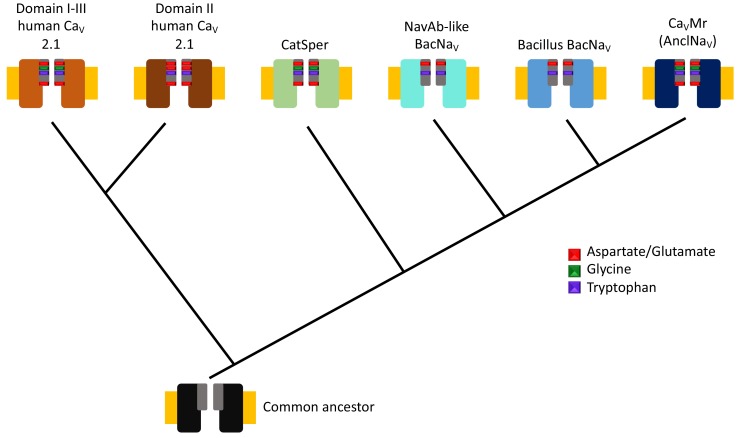Figure 1. Evolutionary tree for calcium and sodium ion channels.
The results of Shimomura et al. suggest that two types of human calcium channel domains (top left), human CatSper (a set of calcium channels found in sperm), the bacterial sodium channels homologous to the one found in Arcobacter butzleri (NavAb-like BacNavs), the bacterial sodium channels homologous to those from Bacillus species (Bacillus BacNavs), and the native calcium channel found in M. ruber (and also the ancestor-like sodium channels; see main text) have a common ancestor (bottom). The ion channels are represented by two identical subunits, and the selectivity filters are shown in grey with the most conserved residues shown in color (see guide). Note that the presence of glycine can be associated with calcium selectivity in both the human calcium channels and M. ruber calcium channels. The plasma membrane is represented in yellow.

